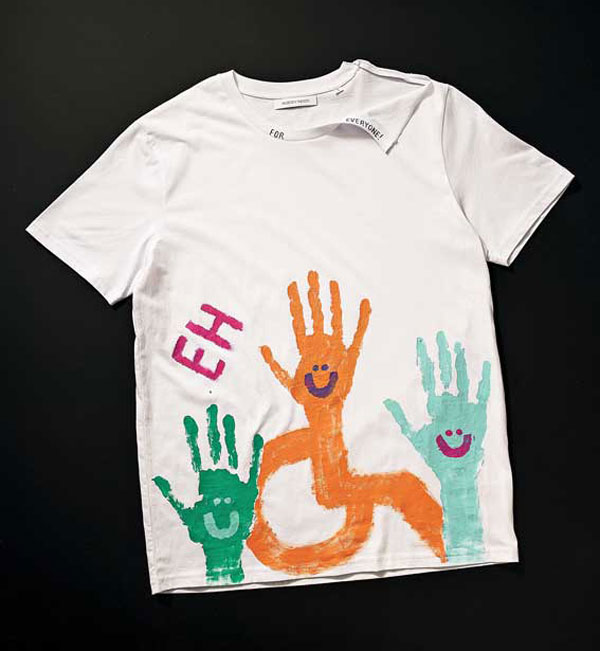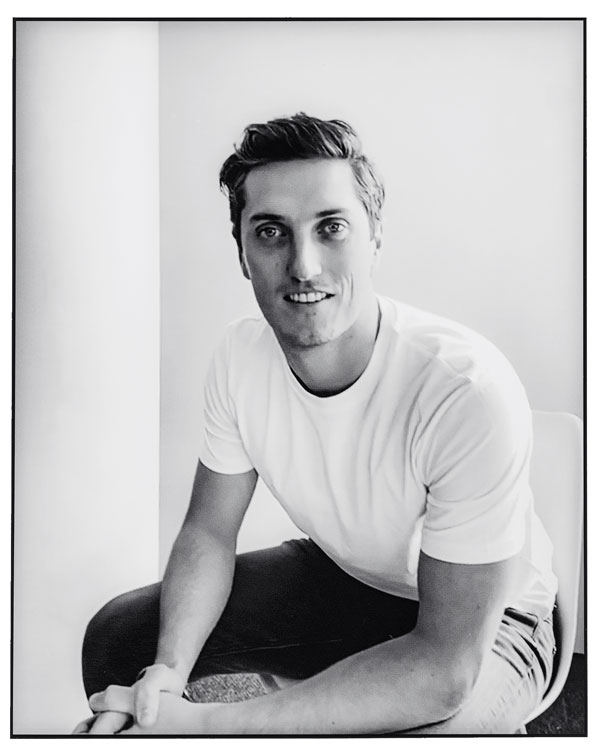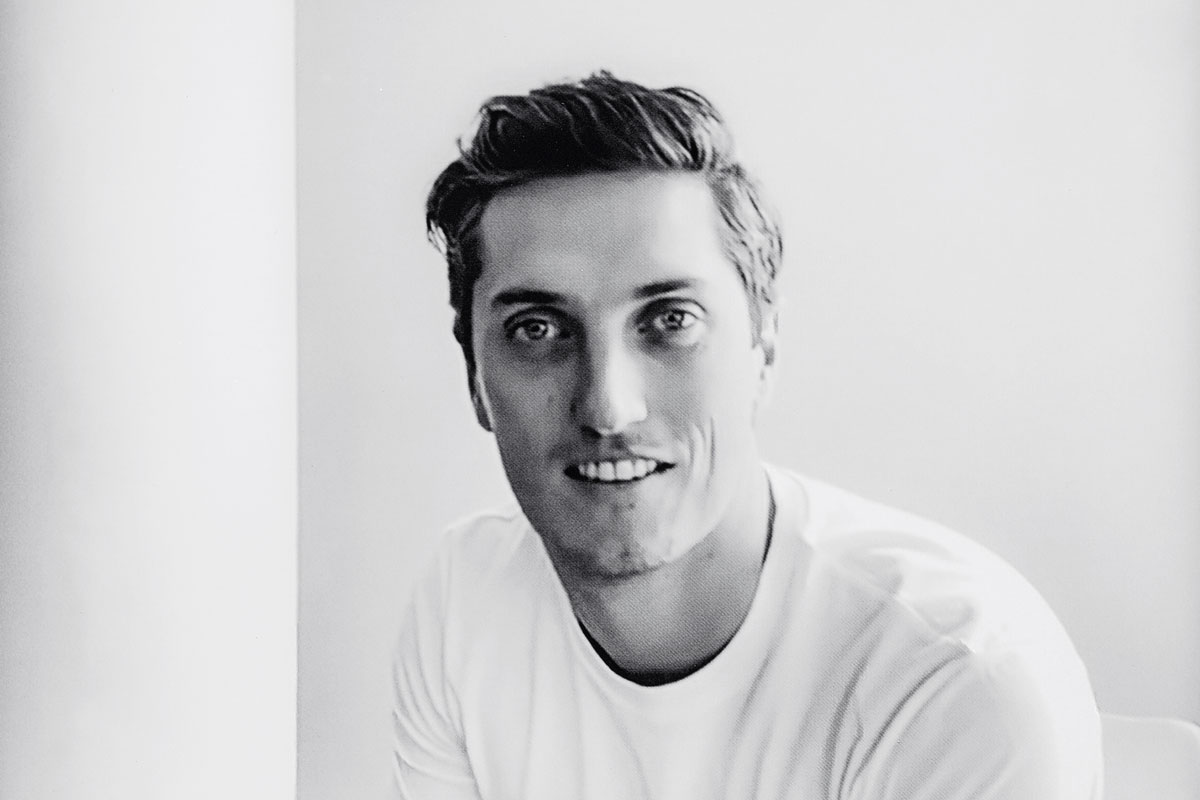Clothes matter. “They are people’s body armour on a daily basis — they show the outside world who you are,” says Matthew Skerritt, 28, the founder of Australia’s first adaptive fashion platform, EveryHuman. “Fashion allows for self-expression and, unfortunately, until recently, that opportunity hasn’t existed for people with disabilities,” he continues.
Think about it. Our wardrobes — those well- springs of expression filled with decorative appendages that signify our identity to others — are studded with challenges for people with disability. Zippers that snake down one’s back: impossible to undo. Shoelaces require two hands for tying. Rear pockets are impractical for wheelchair users. The ease of getting dressed is something many take for granted. But for the one in six Australians with disability, slipping on a tee or buttoning a pair of jeans can be a Herculean task.

EveryHuman is transforming that experience. In 2019, after working in financial services at PwC, Skerritt pivoted to the family business, which owns and operates aged-care residences across Australia. That’s where he learnt about adaptive clothing: built-in alterations or hacks that simplify the dressing process and make it more comfortable. Magnets in place of buttons. Velcro instead of laces. Slip-on shoes. Pull-up loops and stretchy waistbands designed for the seated position, eliminating the need for buttons or zips.
“No-one was doing it here in Australia and very few people were doing it around the world,” Skerritt says. This, despite the market’s forecasted value of $US294 million by 2026, according to MarketWatch. “We need more mainstream brands moving into the space and creating accessible lines,” Skerritt adds.
Tommy Hilfiger is leading the charge and, in 2020, EveryHuman was the first local retailer to carry its adaptive wear. “They’re really paving the way in terms of designing products for people with disabilities,” says Skerritt. “We’re growing together and learning from each other, speaking to their team and passing on feedback in terms of products that work and products that need to be improved.”

Customisation is a lofty goal — every disability is different — and targeting people with disability without inadvertently isolating them from the mainstream can become a murky mission. But the company is constantly communicating with its customers and plans to integrate employees with lived expe- rience of disability into every facet of the business. “The way we need to be going forward is to have clothing that’s designed for everyone that also considers people with disabilities,” says Skerritt. The ironic truth is most clothes prioritise fashion first, with comfort and utility often afterthoughts.
Skerritt says visibility can upend the status quo. EveryHuman has partnered with Australian Paralympians, including Robyn Lambird and Lakeisha Patterson, to raise awareness and shake connotations of adaptive wear as daggy and uncool. “They’ve got a really great voice at the moment and a lot of the things they speak to are not necessarily just for fashion but for greater equality in all aspects of life,” Skerritt says.
Every day, EveryHuman is inundated with emails that describe momentous, emotional firsts (like slipping on shoes by oneself at age 25) — proof it is effecting change in real time. Still, launching months before a global pandemic hasn’t been easy. “If your mission is to bring positivity to people’s lives and you’ve got a good product and a brand that people believe in, you’ve got to remind yourself of that,” says Skerritt. “If you remind yourself of those things, the harder days are somewhat less difficult.”
A NOTE ON THE PHOTOGRAPHY: At the time T Australia commissioned this portfolio, much of the country was in lockdown. As such, our portrait photographer, Kelly Geddes, undertook T Australia’s very first remote shoot, via Facetime and Zoom. Geddes revelled in the challenge, using screenshots and photos of her computer screen to capture the scenes, the latter technique producing some of her favourite pictures. “They had a natural and raw quality to them,” she says. The files were sent to the darkroom service Blanco Negro, where they were hand-printed from a digital enlarger, toned in the darkroom as silver gelatin prints and then scanned for publication as black-and-white images. Each subject wears a T-shirt by the Australian label Nobody Denim; the same style appears in flat lay photographs throughout the portfolio. In these, the T-shirt serves as a “blank canvas”, altered by the subjects in a way that represents the legacy they hope to leave.




 Matthew Skerritt, the founder of EveryHuman, Australia’s first adaptive fashion platform. Photography by Kelly Geddes.
Matthew Skerritt, the founder of EveryHuman, Australia’s first adaptive fashion platform. Photography by Kelly Geddes.